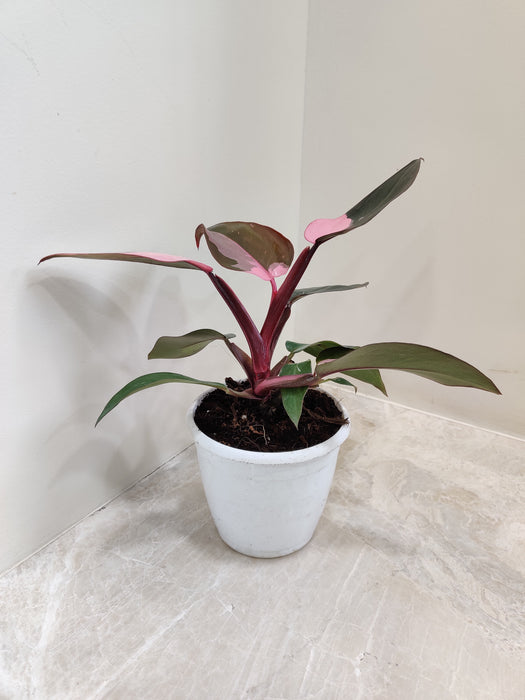

Philodendron Pink Princess: An In-depth Guide
The Pink Princess Philodendron steals the show. Do you agree with us?
With its black foliage and pink variegation, it certainly is. What if we told you that the Pink Princess might become part of your collection of simple indoor plants?Continue reading to learn how to care for this tropical plant in the best way possible.
The hybrid philodendron plant known as The Pink Princes or Blushing Philodendron is indigenous to Columbia.
The pink variegation is what distinguishes it. The underside of the leaves displays a copper-to-crimson hue when lifted. Anywhere it is, it makes a statement. The Pink Princess Philodendron, a royal oddity, is an impressive sight. Despite being challenging to find in stores, it is not a "rare" plant because it is not prevalent in the wild. The Pink Princess is a variety of philodendrons whose distinctive foliage is most likely the result of cultivation.
Many plant collectors' wish lists include the stunning and highly sought-after pink princess philodendron (Philodendron erubescens 'pink princess') and for a worthy cause. The deep green, heart-shaped leaves of the pink princess philodendron plant are a very unusual shrub with bubblegum pink variegation.
The Pink Princess Philodendron can add a touch of pink to any space in your house. This prized plant makes a daring statement with its vivid pink colours and striking dark green leaves. Everything you need to know about Pink Princess Philodendrons, from its requirements to potential issues you might run into, will be covered in this care guide.
Investing in rare and unusual plants can be dangerous because they typically carry a hefty price tag. Because it thrives so well indoors, the Philodendron Pink Princess is a good choice for committed plant collectors.
Instagram and other social media sites are helping the Philodendron Pink Princess fully appreciate its time in the spotlight.
Types
There are numerous variants of the Pink Princess Philodendron, despite that owning one is unusual in and of itself.
There are four primary types, each with unique leaf colours.
1. 'Sparkle' Pink Princess
One of the most well-known pink princess types is the Sparkle Pink Princess Philodendron. The leaves come with pink and green stripes. Sometimes the plant is equally pink and green.
2. 'Marble Variegation' Pink Princess
The foliage of the Pink Princess 'Marble Variegation' are mottled with pink and white splotches. The marbling is distinctive since it only occurs in a few plants.
3. 'Black Cherry' Pink Princess
The Araceae plant family includes the relatively young Pink Princess Black Cherry. Its solid red colour, dark green leaves in the shape of hearts, and waxy coating on its surface.
4. 'White Knight' Pink Philodendron
This Pink Philodendron is a cross between a Pink Princess and a White Knight variety. The Pink Princess's leaves and colour patterns are the same on this plant.
How to Care for a Pink Princess Pink Princess Philodendron?
Philodendron plants have recently gained popularity among fans of indoor plants. And it makes sense why! These lovely plants offer a touch of elegance to any decor and are simple to grow.
Light
Pink Princess Philodendron can suffer and burn in direct sunlight but needs lots of light to sustain the vividly coloured variegated leaves. You should give them six or more hours of bright indirect, or filtered light. The leaves will turn green again if there is too little, and the pink will turn pale white if there is too much.
Use a grow light to satisfy their needs if you have trouble raising the proper amount indoors.The ideal site for this plant is typically close to an east or west-facing window. The plant is probably getting enough light if it can "see" the sky.
Soil
The pink princess philodendron prefers organically rich, well-draining soil because it is an aroid.
Using top-notch potting soil is a part of taking care of Pink Princess. A soil mixture that will provide a lot of nutrients and is well-draining is ideal for Pink Princess Philodendron.
Water
Philodendron Pink Princess plants prefer slightly damp soil—not wet. Watering your plant too frequently can cause root rot, so be careful. When you water your Philo Pink Princess, ensure it drains well and doesn't pool water.
Depending on the climate where you reside and how humid your home is, you might need to modify your watering practices. Although these hardy plants are good at home temperatures and humidity levels, the pink princess philodendron does best in warm, humid circumstances.
Temerature and Humidity
Standard temperature and humidity in a home are ideal for these tough plants, but the pink princess philodendron does best in warm, humid environments.
But the delicate leaves of the "pink princess" won't stand up, to extreme heat.
Your plant thrives in temperatures between 65 and 79 degrees Fahrenheit (18 and 26 degrees Celsius).
You can perform the following to raise the humidity:
Your bathroom and shower are humid spaces where you can put your plant if there is enough light.
A humidifier that uses water to produce a mist that your plant absorbs is another good option. Since the approach offers consistent wetness, it is more effective than misting.
Toxicity
According to the American Society for the Prevention of Cruelty to Animals (ASPCA), pink princess philodendron is only marginally hazardous to animals. If consumed, the calcium oxalate crystals in its sap can irritate the lips and skin and make one drool. These symptoms do, however, go away on their own.
Fertilizer
The pink princess philodendron benefits from regular monthly feedings with a balanced liquid fertiliser during its growing season (spring and summer). As your plant transitions into its dormant season in the early autumn, stop fertilising it.
Use a premium liquid foliage houseplant fertiliser to speed up the growth of this slow-growing plant. These typically include micronutrients like calcium and magnesium that will keep your Pink Princess healthy.
Propagation
Instructions for Growing Pink Princess Philodendron
Like other philodendrons, the pink princess can be grown from stem cuttings. Propagation makes plants bushier and can encourage variegation, particularly if your plant leaves have begun to revert.
You can use stem cuttings to propagate your pink princess philodendron in just a few easy steps.
Choose the location of the plant's stem cut first. Two to three leaves and two to three exposed nodes at the base of your cutting are ideal. After cutting the stem, separate the cuttings using sterilised, sharp pruning shears or scissors.
Remove the lowermost leaves from your cutting, leaving just two or three leaves behind. Place it aside for 12 to 24 hours so the sliced edge can be callous.
Put the cutting edge in water and a location with bright, indirect light. Make sure the exposed cutting nodes are in the water at all times. You may observe new roots emerging from the cutting within two to three weeks. Use potting soil that drains well, and water your plants well.
Repotting
Pink Princess Philodendrons can grow swiftly with the correct care, but they may require repotting every one to two years.
It typically has a new leaf every month and requires repotting once a year. For elder plants, repotting every two to three years is acceptable.
Remember to provide adequate room for the roots to expand while selecting a container. The root ball should fit in a container that is 2 inches wider and 2 inches taller than it.
Find a pot with drainage holes. Additionally, you can use a plastic container with drainage holes and then put the plant in a larger ornamental pot if you can't find a container with drainage holes that match your interior style. Before repotting, give the plant good watering to lessen stress.
Prunning
Although pruning is not required, it can promote bushier growth, stop legginess, and even increase variegation.
Even though the Pink Princess Philodendron grows more like a vine than a bush, it is simple to prune it to make it bushier. The spring, just before the start of new growth, is the optimal time to prune.
Pest
Your Pink Princess Philodendron is unlikely to be harmed by many diseases or pests. Watch out for potential leaf infestations of aphids, mealybugs, fungus gnats, spider mites, and scale.
This magnificent plant is susceptible to two widespread diseases: rust spot, caused by a fungal infection, and root rot, in response to overwatering.
However, there is one thing to be wary of fading leaves. These frequently occur when the circumstances aren't ideal.
Pink Princess Philodendron Common Problems
Pink princess philodendrons are often trouble-free with the appropriate maintenance. These tropical plants usually struggle because of insufficient moisture, humidity, or light.
Edge browning
When there is insufficient humidity, the pink princess philodendron starts to dry up and has browning edges. However, increasing the humidity around the plant should stop any additional browning.
Leaves Curling
Improper moisture levels, temperature stress, or contaminants in tap water can all result in curling leaves on Pink Princess Philodendron plants.
Brown Patches
Brown patches are the last thing you want to see on your lovely pink variegation, but sadly they might appear if your plant has been exposed to too much sunlight. The delicate pink spots on the leaves are prone to scorching in harsh light, leaving behind visible burn patches.
FAQ's
The Pink Princess philodendron: is it uncommon?
It is no longer a rare plant. There have recently been a lot of newly developed plants due to the growing demand.
How is the Pink Princess Philodendron kept vibrant pink?
Provide a lot of bright, indirect sunlight to maintain the Pink Princess Philodendron. Plants with variegation require more light than typical plants do.
Does Philodendron Pink Princess cause allergies in dogs?
Any animal that consumes any portion of the Pink Princess plant will die. Dogs who have consumed part may exhibit symptoms like drooling, coughing, foaming, and agitation of the skin around their mouths and faces.
Why is Pink Princess Philodendron so expensive?
The price of the Philodendron "pink princess" is high since it takes a lot of effort to grow a beautiful plant with a lot of pink variegation. The variability is unstable and not assured.



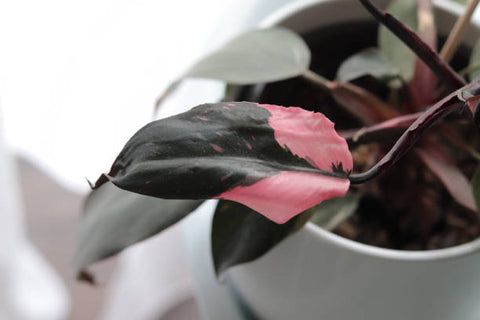
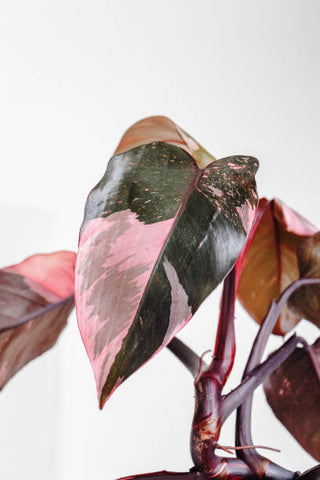
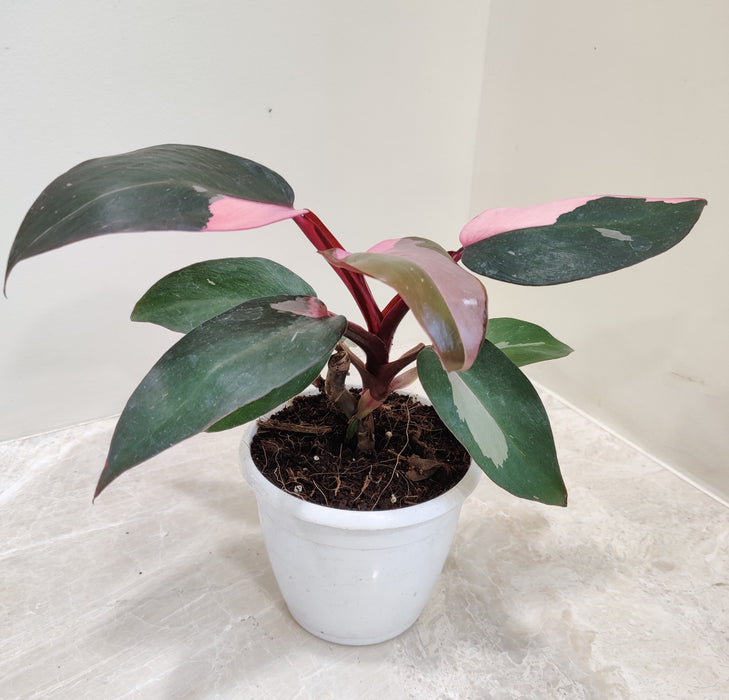
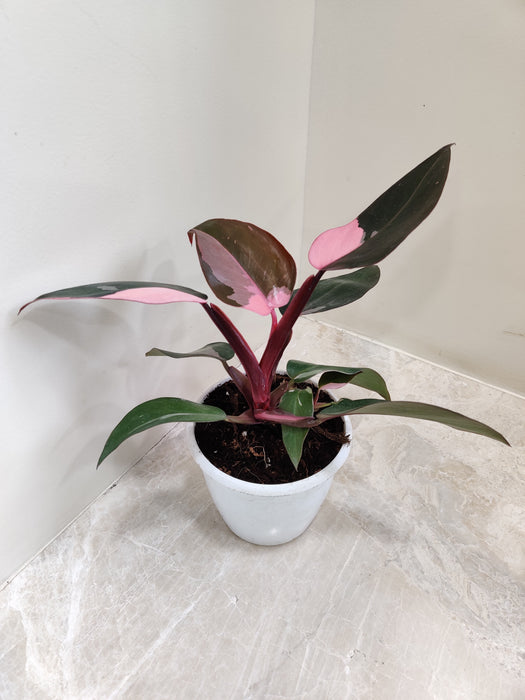
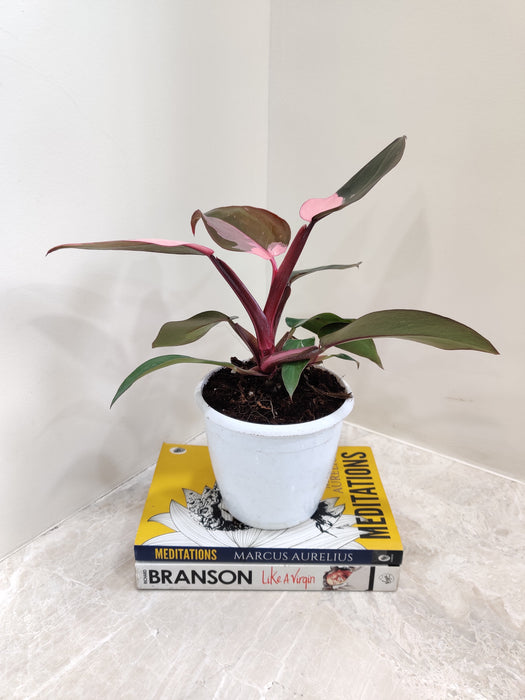
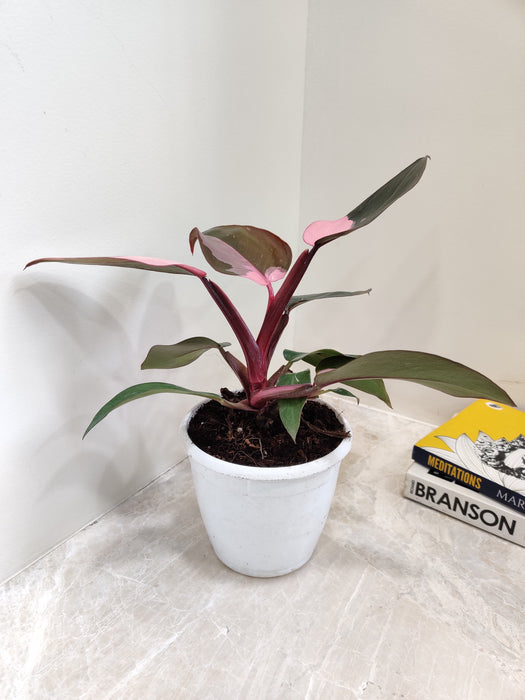
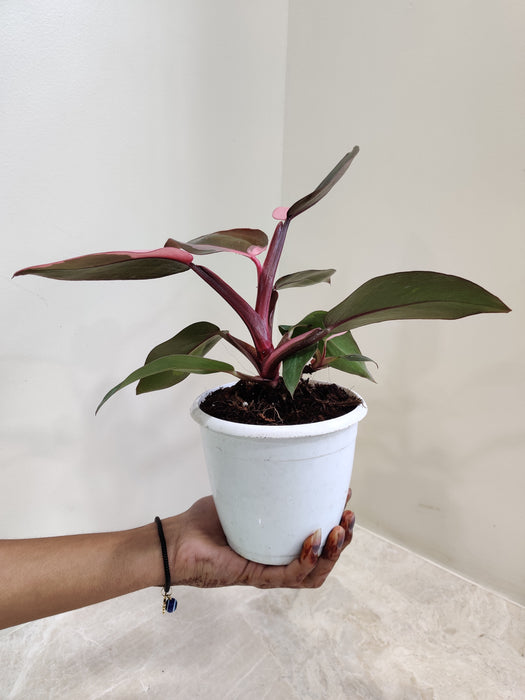

Leave a comment